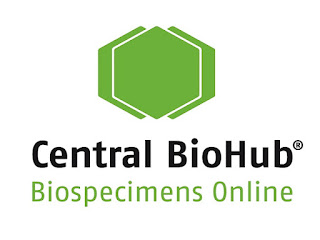Order high - quality liver disease biospecimens online - Central BioHub

A snapshot of the present clinical research landscape. Healthcare and diagnostics research has gained momentum in the past century, with researchers worldwide striving to discover new and cost-effective clinical trial methods without compromising quality. With growing competition among pharmaceutical companies, there is a pressing need to increase the volume of clinical research and trials. Clinical trials that involve human participants are riskier and more expensive for sponsors. Additionally, enrolling the appropriate study group, retaining participants from study start to finish, and conducting prospective follow-ups can pose significant challenges and cost cumbersome. Human biospecimens, such as serum, plasma, urine, CSF, stool, and tissue collected from patients, can serve as in-vitro human models for clinical research developments in this context. These biospecimens can provide valuable insights into the biology of diseases and their response to treatments without the comp...










